County: Miller
Legend of Boggy Creek, The
Lost Prairie (Miller County)
 Lost Prairie Location
Lost Prairie Location
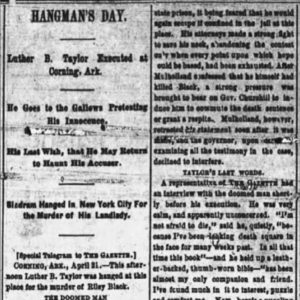 Luther Taylor Execution Story
Luther Taylor Execution Story
Maddox, Finis Ewing
 "Maple Leaf Rag" by Scott Joplin
"Maple Leaf Rag" by Scott Joplin
Miller County
Miller County Courthouse
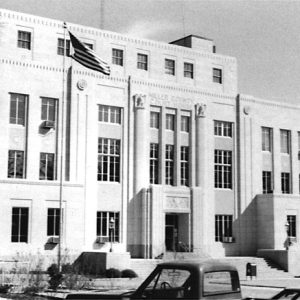 Miller County Courthouse
Miller County Courthouse
 Miller County Farming Machinery
Miller County Farming Machinery
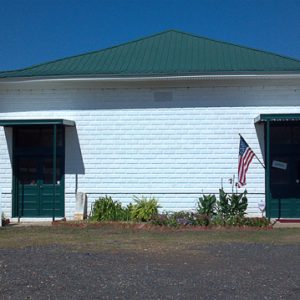 Miller County Historical and Family Museum
Miller County Historical and Family Museum
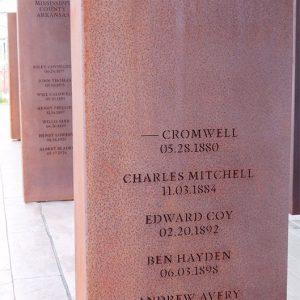 Miller County Lynching
Miller County Lynching
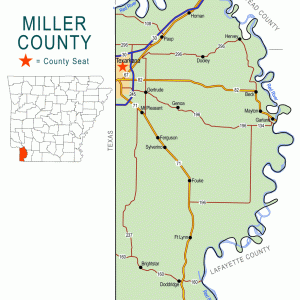 Miller County Map
Miller County Map
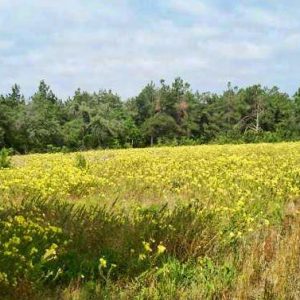 Miller County Sandhills Natural Area
Miller County Sandhills Natural Area
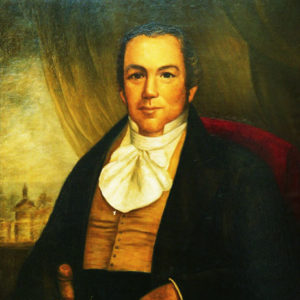 James Miller
James Miller
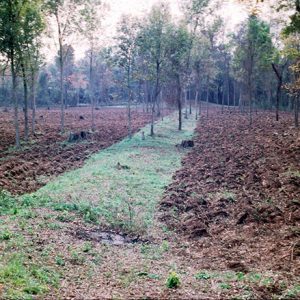 Mound E Causeway
Mound E Causeway
 Mound F
Mound F
 Conlon Nancarrow
Conlon Nancarrow
Nancarrow, Samuel Conlon
Nash, Bob J.
 Dr. M. V. Newman
Dr. M. V. Newman
Old Rondo Cemetery—Confederate Section
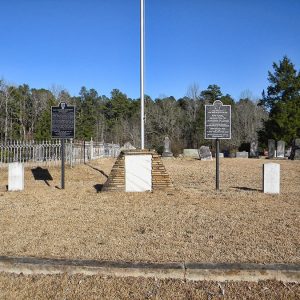 Old Rondo Cemetery
Old Rondo Cemetery
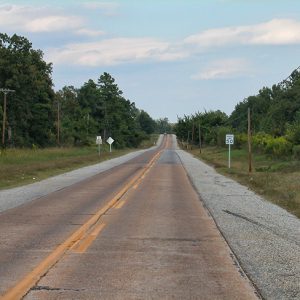 Old U.S. Highway 67
Old U.S. Highway 67
Owen, Hurley (Lynching of)
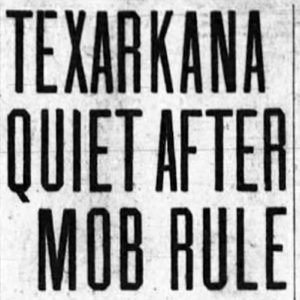 Owen Lynching Article
Owen Lynching Article
 Owen Lynching Article
Owen Lynching Article
Palmer, Clyde Eber
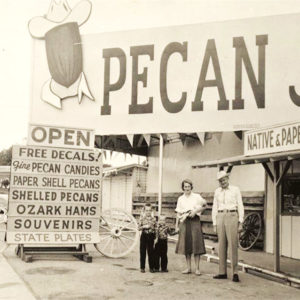 Pecan Joe's
Pecan Joe's
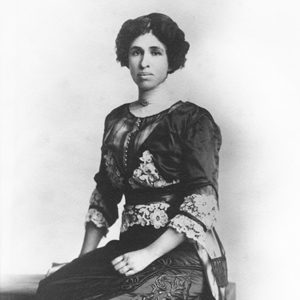 Charline Person
Charline Person
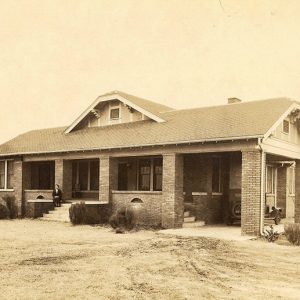 Charline Person Home
Charline Person Home
Person, Charline Woodford Beasley
Pierce, Charles Bryant
 Railroad at Genoa
Railroad at Genoa
Red River
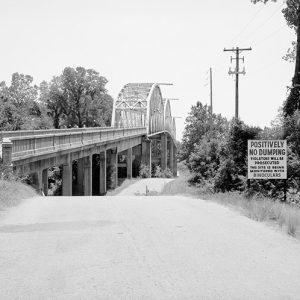 Red River Bridge
Red River Bridge
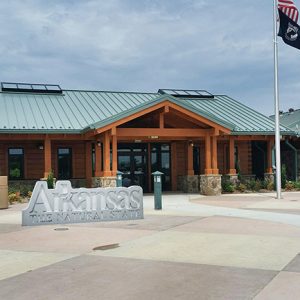 Red River Welcome Center
Red River Welcome Center
Revenge of Bigfoot
aka: Rufus J. Pickle and the Indian
Robinson, J. E. (Reported Lynching of)
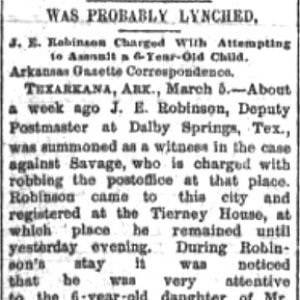 J. E. Robinson Lynching Story
J. E. Robinson Lynching Story
Ross, Michael Avery (Mike)
 James F. Shaw
James F. Shaw
Stroud, John Fred, Jr.
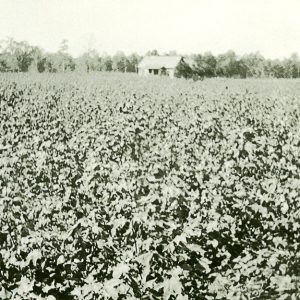 Tenant House
Tenant House
Texarkana (Miller County)
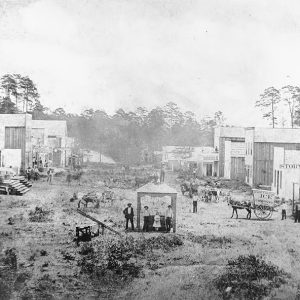 Early Texarkana
Early Texarkana
Texarkana Baptist Orphanage
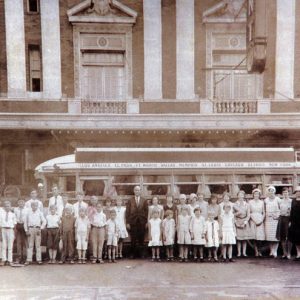 Texarkana Baptist Orphanage
Texarkana Baptist Orphanage
 Texarkana Baptist Orphanage
Texarkana Baptist Orphanage




